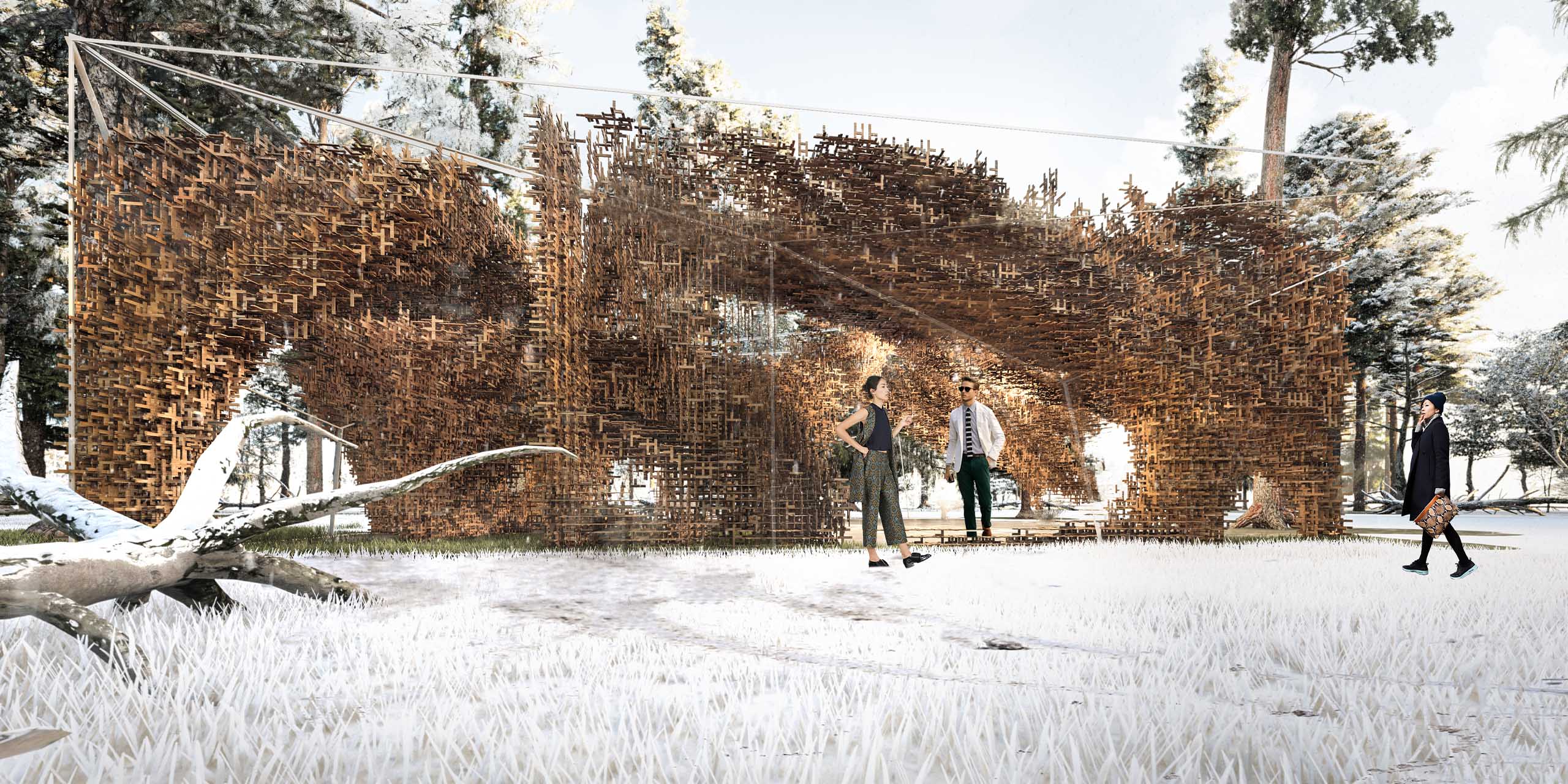Riza takes on the personality of Jack of all trades, being a speculative and fabrication based studio the design excellence comes in the fine tuning of all the elements that make the structure, from the enclosure, to the materiality, to its feasibility and potential future implementations. Riza is part of a series of studies and experiments that we would like to continue to tackle and refine as we do more iterations of it and learn from our shortcomings. We have tried to implement the logic and behaviour of Riza to a larger pavilion as you can see in the video.
Riza is a Study on component design, and how high resolution architecture can produce alternate ways of thinking about spatial organisation.
Riza is made up of thousands of 30cm long components and assembled to form a high-resolution building which is structural.. These components can be produced on mass and has embedded intelligence, as a result the production of such structure offer varying results, from a couch to a table, from a floor to a wall.

